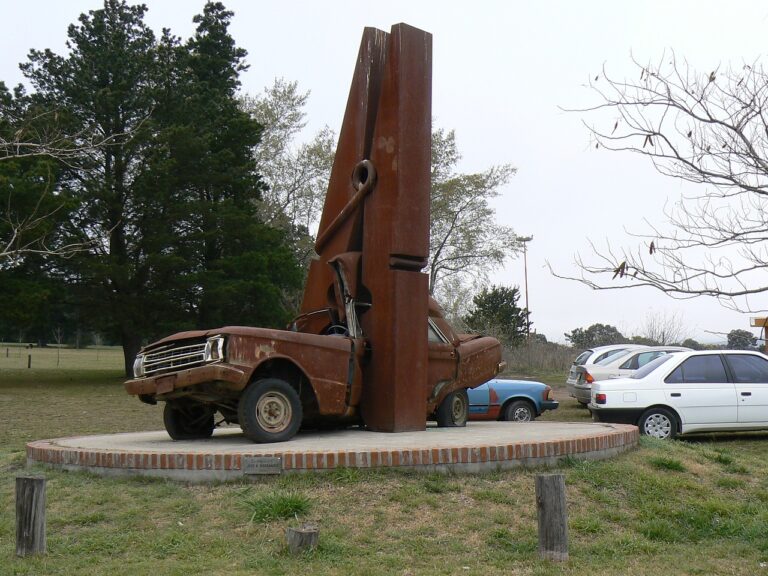The Impact of Autonomous Vehicle Technology on Urban Design and Architecture
One significant challenge cities encounter when integrating autonomous vehicle technology is the need to upgrade existing infrastructure to meet the demands of these advanced vehicles. Roadways, traffic signals, and communication systems must be revamped to facilitate smooth operations for autonomous vehicles, which can require substantial financial investments and planning. Additionally, cities must navigate regulatory and policy hurdles, such as updating traffic laws and insurance regulations to accommodate the new technology.
Another obstacle cities face in the adoption of autonomous vehicle technology is the potential impact on public transportation systems. As autonomous vehicles become more prevalent, there is a concern that they could undermine the use of traditional modes of public transport, leading to decreased ridership and revenue for public transit agencies. This shift could pose challenges for cities in terms of providing equitable and efficient transportation options for all residents, particularly those who rely on public transit as their primary mode of transportation.
Changes in transportation infrastructure needed to support autonomous vehicles
Adapting transportation infrastructure to accommodate autonomous vehicles poses a significant challenge for cities. Traditional roadways, traffic signals, and signage may need to be updated to communicate effectively with self-driving cars. For instance, sensors and communication devices will need to be integrated into the infrastructure to facilitate the seamless operation of autonomous vehicles within urban environments.
Furthermore, parking structures and regulations may need to be reevaluated, as autonomous vehicles could potentially reduce the need for extensive parking lots in city centers. Instead, designated pick-up and drop-off zones for self-driving cars may become more prevalent to optimize traffic flow and reduce congestion. This shift in infrastructure planning will require careful consideration and collaboration between city planners and transportation authorities to ensure a smooth transition to a more autonomous vehicle-friendly environment.
Traditional roadways, traffic signals, and signage may need to be updated
Integration of sensors and communication devices into infrastructure is necessary for autonomous vehicles
Reevaluation of parking structures and regulations may be needed
Designated pick-up and drop-off zones for self-driving cars could become more prevalent
Collaboration between city planners and transportation authorities will be crucial for a smooth transition
Impact on urban sprawl and land use patterns
With the introduction of autonomous vehicle technology, cities are grappling with the potential impact on urban sprawl and land use patterns. The convenience and flexibility offered by self-driving cars may lead to an increase in vehicle miles traveled, as individuals may choose to live farther away from city centers. This could result in a spread of development into previously untouched areas, leading to the expansion of urban sprawl.
Moreover, the adoption of autonomous vehicles may disrupt traditional land use patterns in cities. Parking infrastructure, for example, may see a significant shift as the need for parking spaces in high-density areas diminishes with the rise of shared autonomous vehicles. This change could open up opportunities for repurposing parking lots and structures for other uses, ultimately altering the way urban spaces are utilized.
How will autonomous vehicle technology impact urban sprawl?
Autonomous vehicles have the potential to increase urban sprawl as they may make longer commutes more bearable, leading to more development on the outskirts of cities.
What challenges do cities face in adapting to autonomous vehicle technology?
Cities may face challenges in updating transportation infrastructure, addressing concerns about job displacement in industries like taxi driving, and navigating regulatory issues surrounding autonomous vehicles.
What changes in transportation infrastructure are needed to support autonomous vehicles?
Changes in transportation infrastructure that may be needed include upgrades to roads and signage to accommodate autonomous vehicles, as well as the development of charging stations for electric autonomous vehicles.
How will autonomous vehicles impact land use patterns?
Autonomous vehicles may lead to changes in land use patterns, with potential for reduced need for parking spaces in urban areas as well as increased development in previously less accessible areas.
What are some potential benefits of autonomous vehicles for cities?
Potential benefits of autonomous vehicles for cities include improved traffic flow, reduced congestion, increased safety on the roads, and potential for more efficient land use planning.







